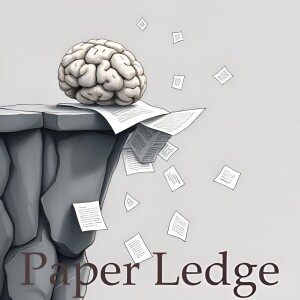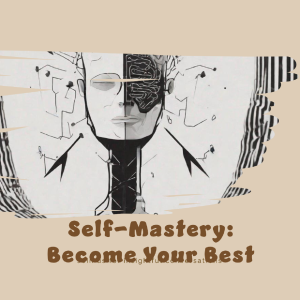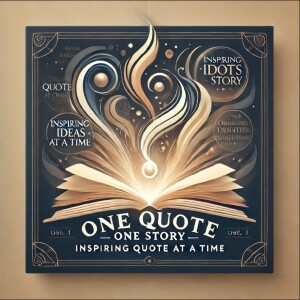

Computer Vision - Unifying and Enhancing Graph Transformers via a Hierarchical Mask Framework
Hey PaperLedge crew, Ernis here, ready to dive into some cutting-edge research! Today, we're talking about Graph Transformers, which are basically the superheroes of understanding relationships within networks. Think of it like this: a social network, a network of roads, or even the complex interactions between molecules in a drug. Graph Transformers help us make sense of it all!
Now, researchers have been building these Graph Transformers, but it's been a bit like building a custom car for every different type of road. Each network type needed its own special design. This paper asks: "Can we create something more flexible, a 'one-size-fits-most' solution?"
The authors propose a clever idea: a unified mask framework. Imagine a stencil – that's the "mask." This stencil determines who each node in the network "pays attention" to. By carefully designing these stencils, we can capture a whole range of interactions without having to rebuild the entire Graph Transformer each time. It's like having different filters for your camera lens – you're still using the same camera, but you can capture different effects!
They dug deep into the theory and found something fascinating: the better the mask, the better the Graph Transformer performs. And what makes a "good" mask? Two key things:
- Receptive Field Size: How much of the network the node can "see." Think of it as having a wide-angle lens versus a telephoto lens. You want to see enough of the context to make informed decisions.
- Label Consistency: How similar the "labels" (or properties) of connected nodes are. Imagine you're trying to predict whether a user will like a certain movie. If their friends (connected nodes) also liked the movie, it's a good sign!
So, what's the solution? The authors discovered that different types of "stencils," or hierarchical masks, have different strengths. Some are great at capturing the big picture, while others are better at focusing on the details. The key is to combine them!
That's where M3Dphormer comes in! This is their new and improved Graph Transformer. It uses a combination of these hierarchical masks and a special "expert routing" system. Think of it like having a team of specialists, each with their own area of expertise, and a manager who knows when to call on each one. This allows M3Dphormer to adapt to different types of networks and interactions.
To make things even more efficient, they introduced dual attention computation. This is like having two modes: a detailed, "dense" mode for when things are complex, and a faster, "sparse" mode for when things are simpler. It's like switching between using a high-resolution image for detailed work and a lower-resolution image for quick previews.
The results? M3Dphormer crushed it on multiple tests, proving that their unified framework and model design really work!
Why does this matter?
- Researchers: This provides a new framework for designing more flexible and powerful Graph Transformers.
- Data Scientists: This offers a practical tool for analyzing complex networks in various fields, from social science to drug discovery.
- Everyone Else: This helps us understand how interconnectedness shapes our world, from how information spreads online to how diseases spread through populations.
Here are a couple of things I'm pondering:
- How might this framework be applied to even more complex networks, like the human brain?
- Could we use this approach to design AI systems that are better at understanding and responding to social cues?
That's all for today, PaperLedge crew! Keep exploring and keep learning!
Credit to Paper authors: Yujie Xing, Xiao Wang, Bin Wu, Hai Huang, Chuan Shi
More Episodes
All Episodes>>Create Your Podcast In Minutes
- Full-featured podcast site
- Unlimited storage and bandwidth
- Comprehensive podcast stats
- Distribute to Apple Podcasts, Spotify, and more
- Make money with your podcast












